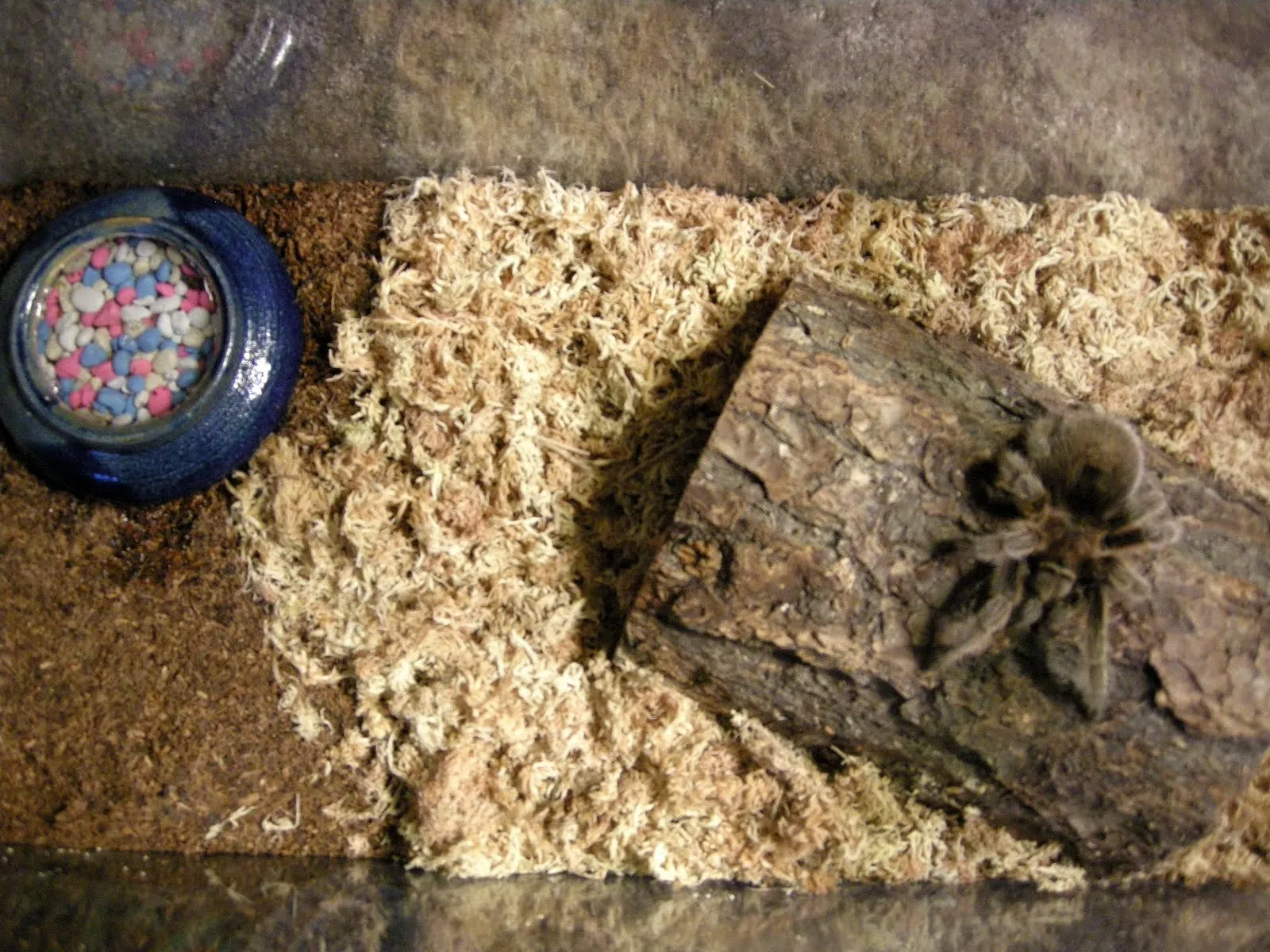Understanding Tarantula Tubs
Choosing the right enclosure is crucial for the health and well-being of your tarantula. Tarantula tubs, also known as enclosures or habitats, provide a safe and secure environment for your arachnid friend. They allow you to control temperature, humidity, and provide a space for your tarantula to thrive. The choice of a suitable tub is the first step to successful tarantula keeping, and understanding the different options available is paramount.
Why Use Tarantula Tubs
Tarantula tubs offer a practical and often more cost-effective solution compared to other enclosure types. They are designed to provide optimal conditions for tarantulas, mimicking their natural habitats. The use of a well-designed tub greatly increases the likelihood of your tarantula living a long, healthy, and stress-free life. Selecting the correct tub can dramatically improve your chances of success in the fascinating world of tarantula keeping.
Benefits of Using Tubs
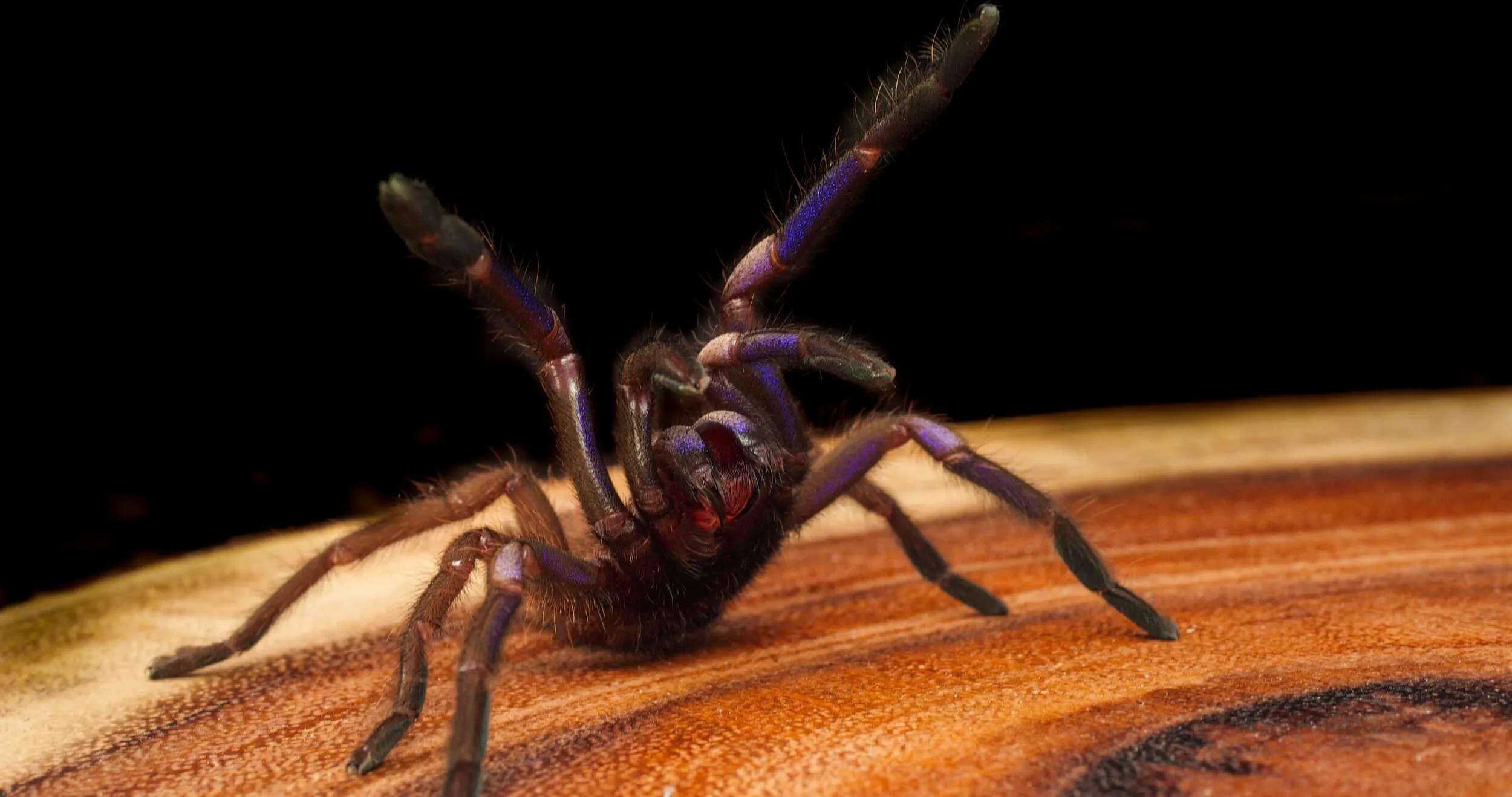
Tubs offer several advantages, including ease of cleaning, excellent ventilation options, and the ability to maintain appropriate humidity levels. They are generally more affordable than glass terrariums and offer clear visibility of your pet. Furthermore, tarantula tubs are often lightweight and easy to move, making them a practical choice for beginners and experienced keepers alike. Additionally, the design allows for convenient access for feeding and general maintenance.
Types of Tarantula Tubs
Various types of tarantula tubs are available, each with its own pros and cons. The best choice depends on factors like your budget, the size of your tarantula, and your personal preferences. It’s essential to understand the key differences to make the right selection, ensuring the comfort and safety of your pet. Careful consideration will pay off in the long run, contributing to your tarantula’s well-being.
Plastic Tubs
Plastic tubs are a popular choice due to their affordability, lightweight nature, and availability. They are typically made from clear plastic, providing good visibility of your tarantula. These tubs are also easy to clean and come in a variety of sizes, making them suitable for different tarantula species and sizes. Consider the quality of the plastic and ensure it is non-toxic. Proper ventilation is essential when using plastic tubs, so look for models with pre-drilled holes or the option to add your own.
Glass Terrariums
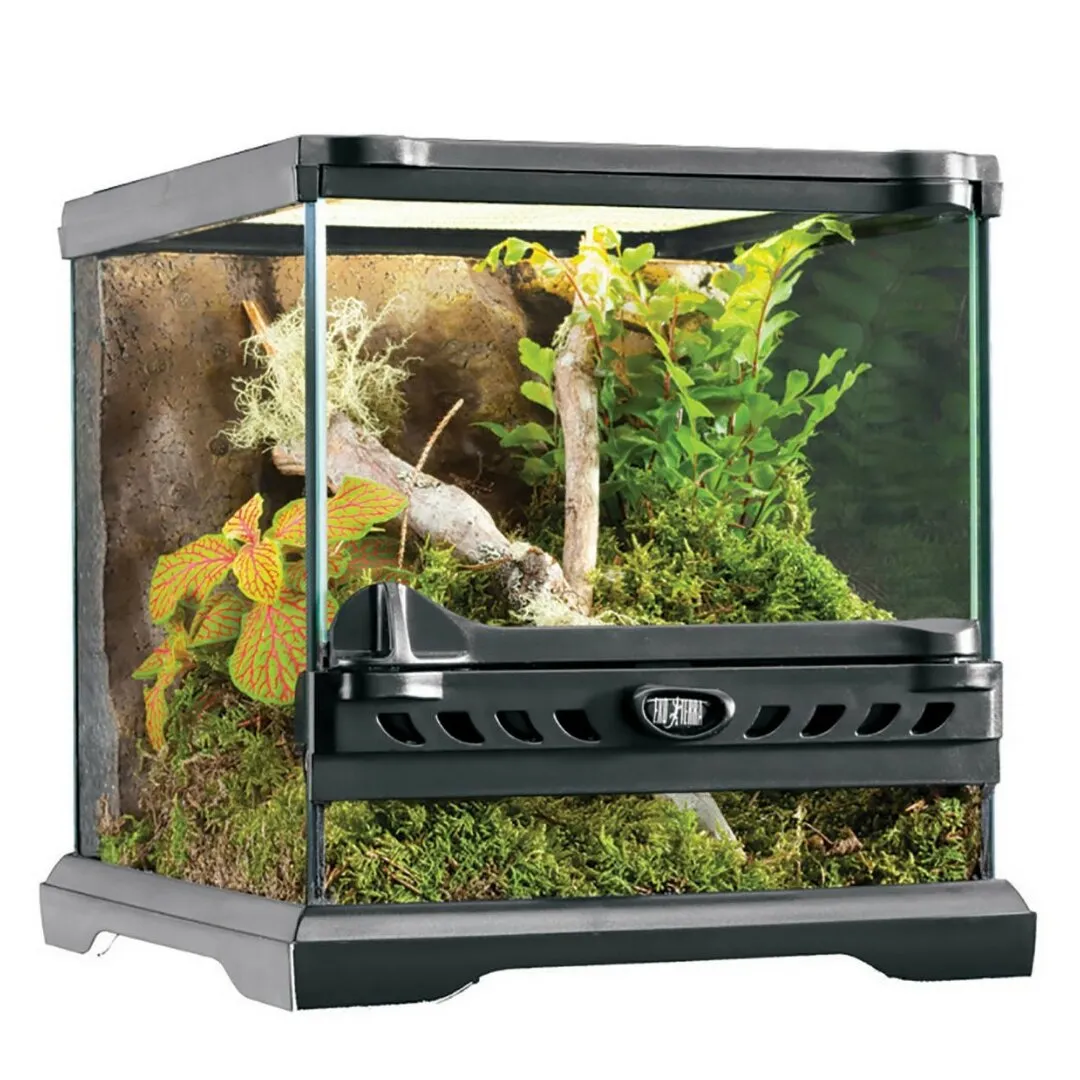
Glass terrariums offer superior aesthetics and are often preferred for their clear view. They provide excellent ventilation options and can be more durable than plastic tubs. However, glass terrariums are generally more expensive and can be heavier. Consider the added weight when planning to move the enclosure. Ensure the terrarium has a secure lid to prevent escape. Ventilation is still a key consideration, so check for features like mesh tops or strategically placed vents.
Acrylic Enclosures
Acrylic enclosures combine the clarity of glass with the lightweight and durability of plastic. They are a good middle-ground option, offering excellent visibility and are generally more resistant to cracking than glass. Acrylic enclosures can be pricier but are less prone to breaking. These enclosures often come with pre-drilled ventilation holes and secure lids. The material’s insulating properties can also help maintain a stable temperature and humidity level. This makes them an attractive choice for many keepers.
Choosing the Right Size
Selecting the correct size tub is crucial for your tarantula’s well-being. An enclosure that is too small can restrict your tarantula’s movement and cause stress, while a tub that is excessively large can make it difficult for the tarantula to find food and feel secure. The ideal size depends on several factors, including the species of tarantula and its size.
Factors to Consider
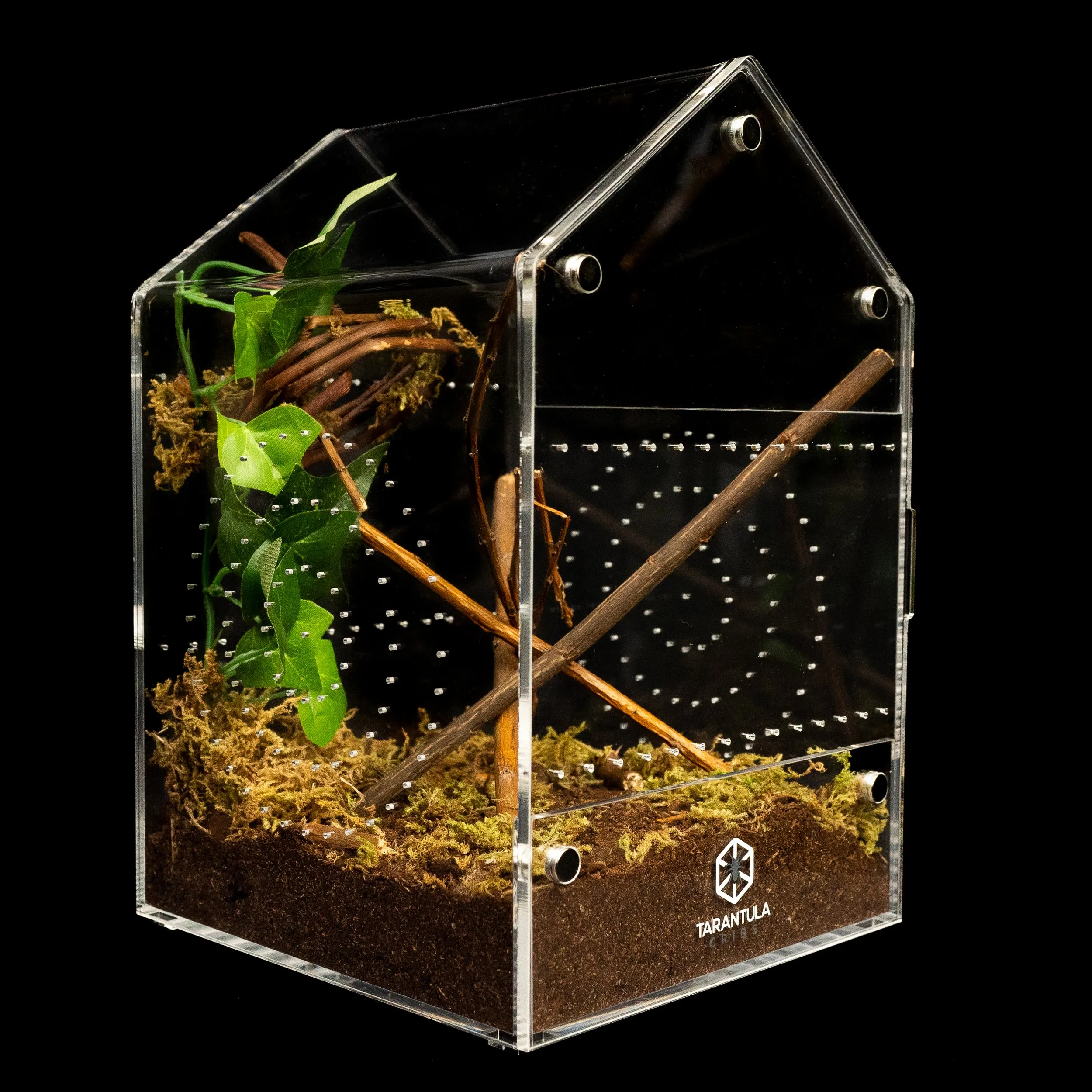
Several elements should be considered when determining the appropriate size for a tarantula tub. Prioritizing these factors will help you create an optimal living environment for your pet. It’s crucial to research the specific needs of your tarantula species before purchasing an enclosure. This will ensure you provide the best possible care.
Tarantula Species
Different tarantula species have different requirements. Terrestrial species, which live on the ground, generally do not need tall enclosures, while arboreal species, which live in trees, need more vertical space. Some species are more active and require more room to move around. Researching the specific needs of your tarantula species is vital. This research should include information on the species’ natural habitat to replicate its living conditions.
Tarantula Size
The size of your tarantula is a primary factor in determining enclosure size. A general guideline is to provide an enclosure that is at least twice the tarantula’s leg span in width and length. This allows enough space for the tarantula to move around and feel comfortable. As your tarantula grows, you will need to upgrade its enclosure to accommodate its increasing size, which is a part of responsible tarantula ownership. Ensure the new enclosure is large enough to avoid any stress associated with overcrowding.
Ventilation Requirements
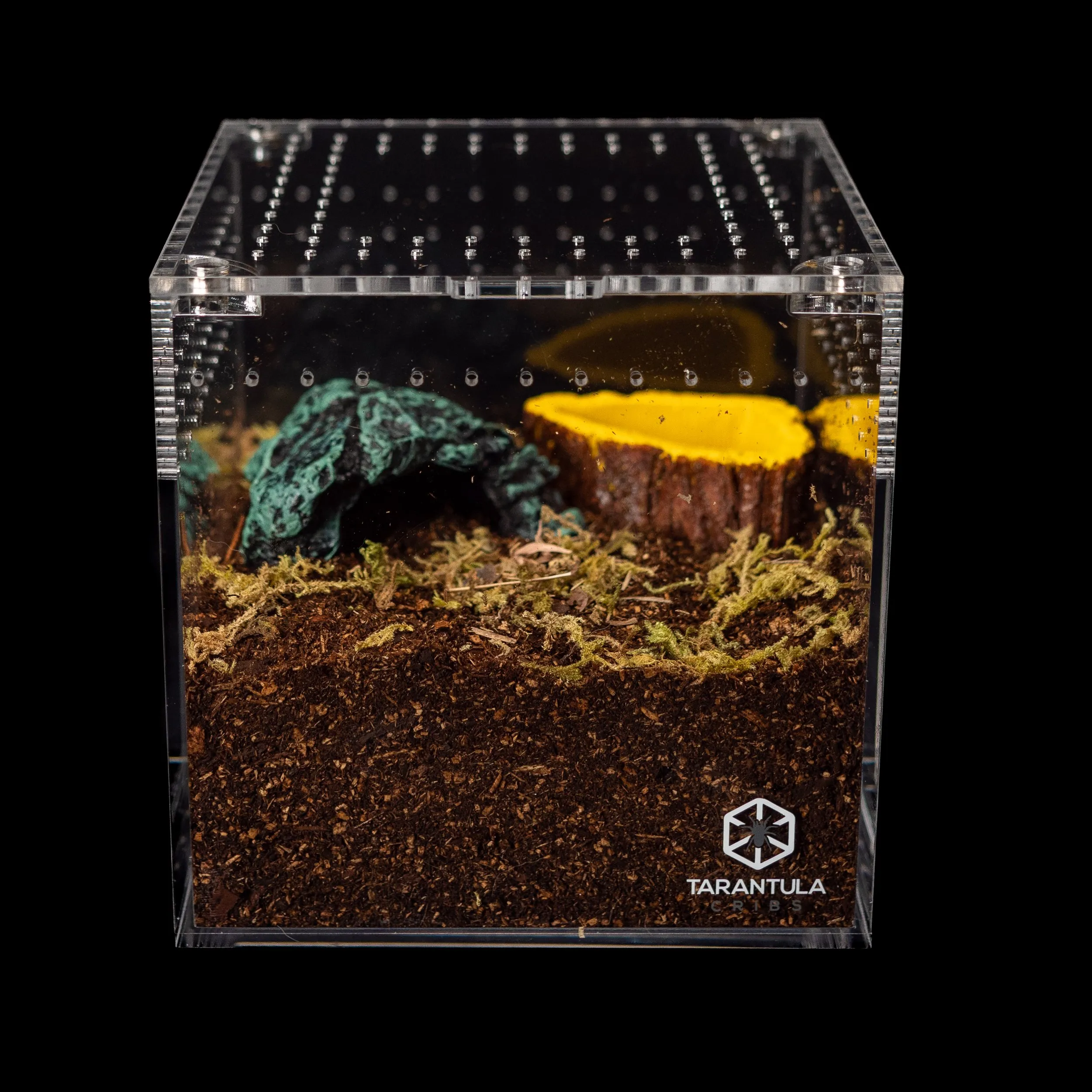
Adequate ventilation is critical for tarantula health. Poor ventilation can lead to mold growth, respiratory infections, and other health issues. The proper design and placement of ventilation features are crucial for maintaining the right conditions. The type of enclosure and its ventilation design can impact the overall health of your tarantula. Make sure your tub has ample air circulation.
Importance of Airflow
Airflow helps regulate humidity levels and prevents the buildup of harmful gases and mold. Without proper ventilation, the enclosure becomes a breeding ground for bacteria and fungi. Adequate airflow is directly linked to the health of your tarantula, reducing the risks of illness. Effective airflow creates a healthier, more natural environment for your pet. It also helps remove excess moisture which can prevent health problems.
Ventilation Methods
Ventilation can be achieved through various methods. Pre-drilled holes, mesh tops, and strategically placed vents are common. The placement of ventilation is also important. Vents near the top and sides of the enclosure promote better airflow. Proper ventilation ensures a constant supply of fresh air, contributing to a healthy living environment. Always monitor the humidity levels to ensure they are within the recommended range for your species.
Essential Features to Look For
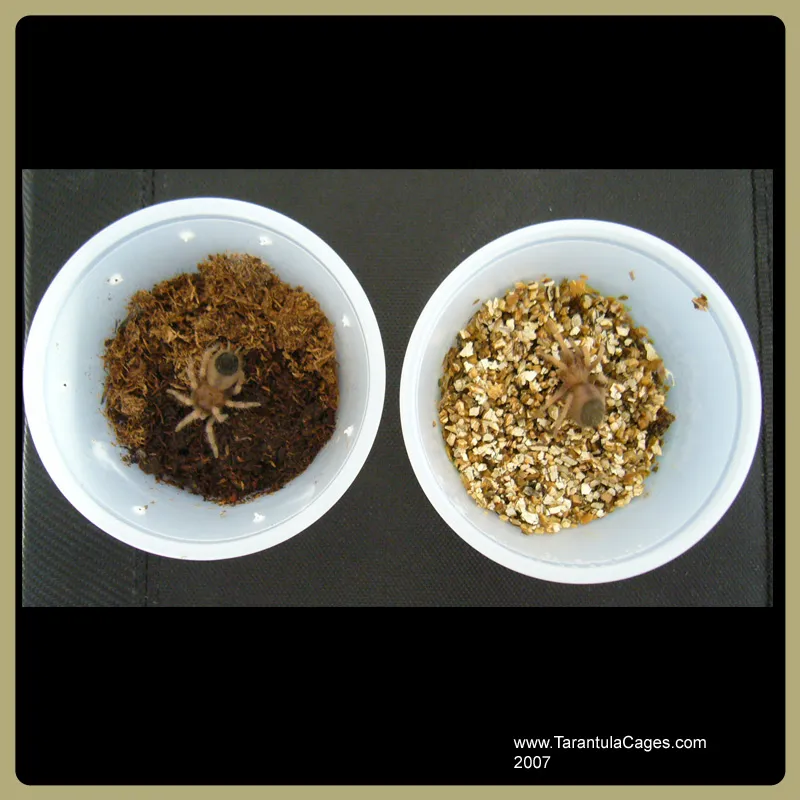
Certain features are essential for any tarantula tub. These features contribute to the safety, security, and overall well-being of your tarantula. Prioritizing these aspects will help you choose an enclosure that meets all your pet’s needs. Selecting an enclosure with these features ensures your tarantula lives a comfortable and safe life.
Secure Lids
A secure lid is paramount to prevent escape. Tarantulas are skilled escape artists, and a loose or poorly designed lid poses a significant risk. The lid should fit snugly and be difficult for the tarantula to lift or push open. A secure lid also helps maintain the desired temperature and humidity levels. Choose a lid that can be easily secured with clips or other mechanisms.
Preventing Escape
To prevent escape, ensure the lid fits tightly and is secured. Regularly check the lid to make sure it remains secure. Consider using clips or other locking mechanisms. Avoid enclosures with lids that can be easily pried open. The safety of your tarantula and your home depends on a secure enclosure.
Easy Access
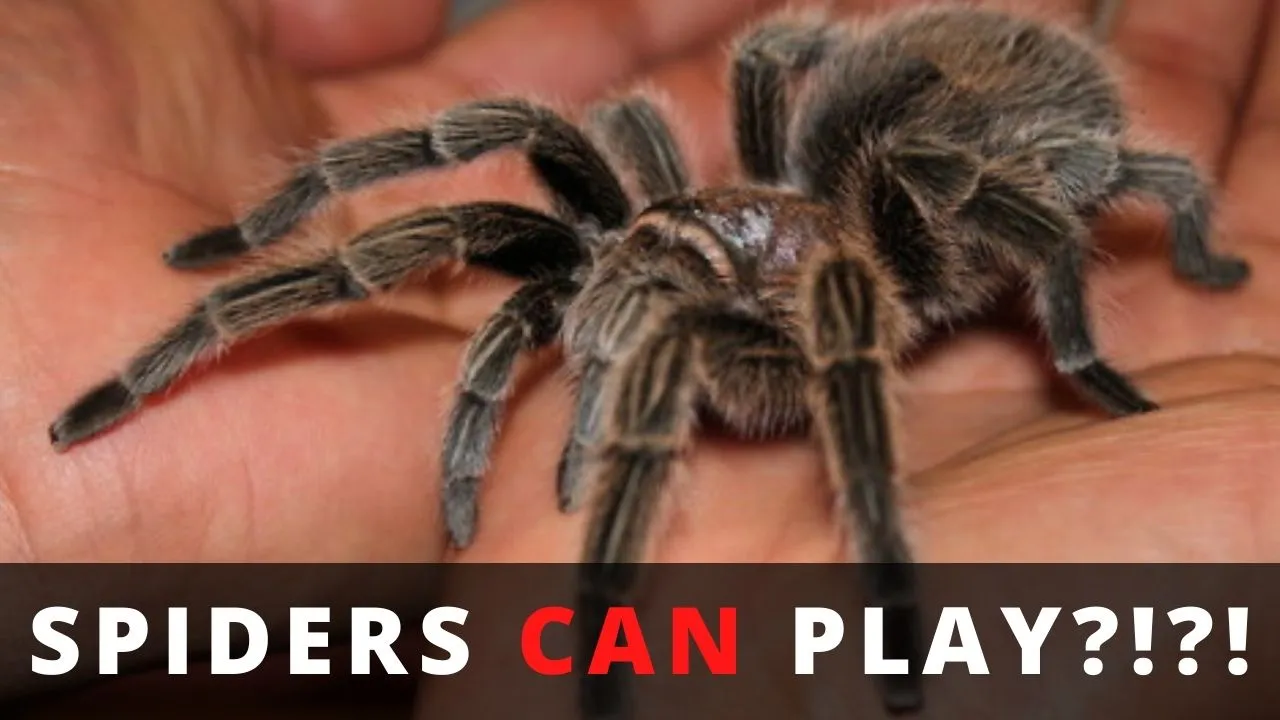
Easy access is crucial for feeding, watering, and cleaning the enclosure. Consider enclosures with sliding doors or hinged lids that provide convenient access without disturbing the habitat. These features simplify maintenance and allow you to interact with your tarantula with ease. Look for designs that prioritize both your convenience and the tarantula’s safety.
Maintenance and Cleaning
Regular maintenance and cleaning are essential for a healthy tarantula. Choose a tub that is easy to clean and maintain. Select materials that resist staining and are easy to wipe down. Consider the design of the enclosure to ensure all areas are easily accessible for cleaning. Maintaining a clean habitat will help prevent illnesses and ensure your tarantula thrives. This regular care is a cornerstone of tarantula keeping.
Substrate and Furnishing
Substrate and furnishings are vital for providing a comfortable and enriching environment for your tarantula. The right setup mimics its natural habitat. They play a crucial role in maintaining humidity levels, providing a place for the tarantula to burrow, and offering a sense of security. Considering the requirements of the specific species is crucial to a successful setup.
Substrate Options
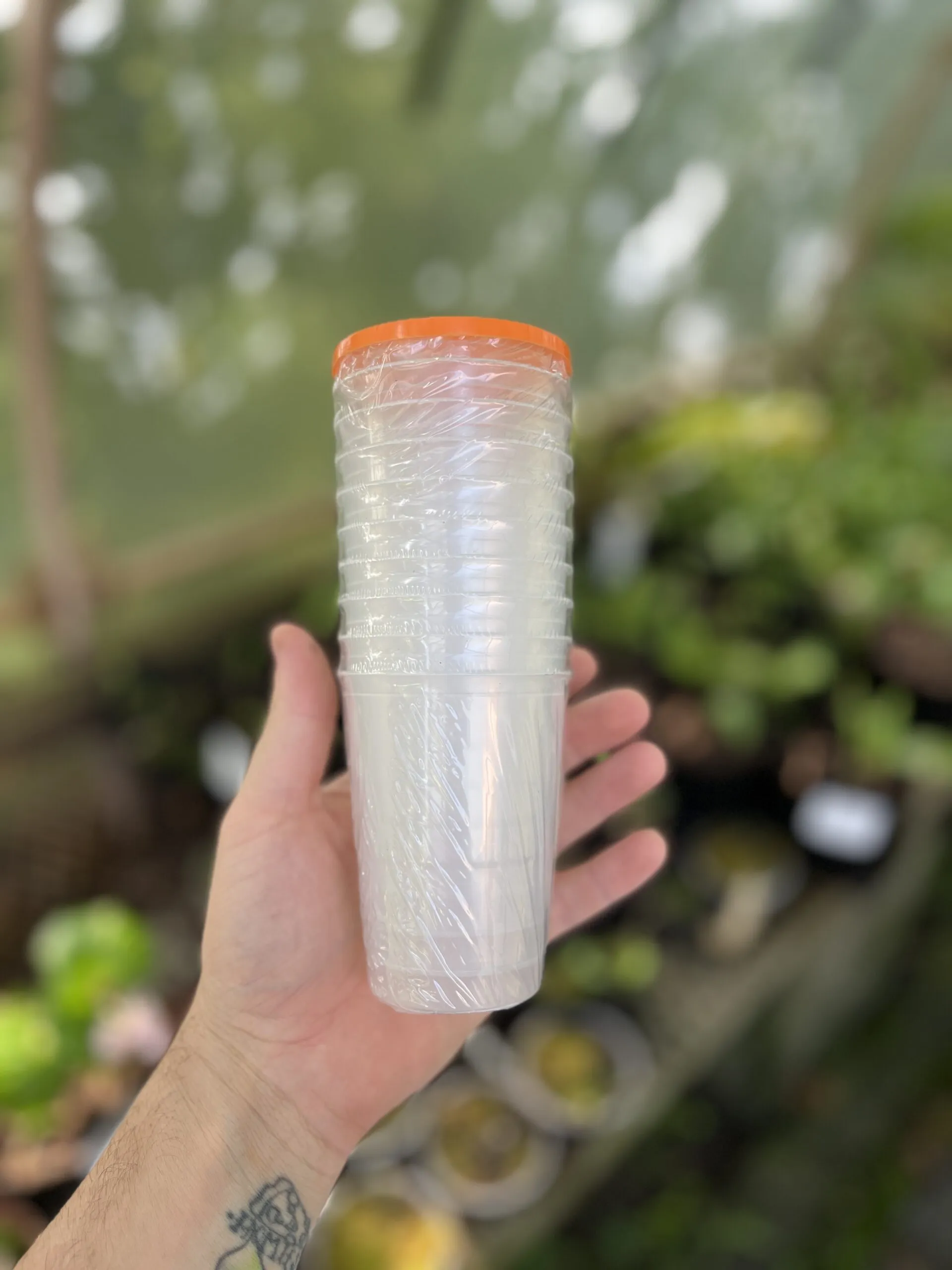
Several substrate options are suitable for tarantulas, each with its own benefits. The ideal choice depends on the species and the humidity requirements. Understanding the various options and their properties will help you choose the best substrate for your tarantula’s needs. Always ensure the substrate is free from pesticides and other harmful chemicals.
Coco Fiber
Coco fiber is a popular choice due to its excellent moisture-retaining properties. It is a natural substrate made from the husks of coconuts, making it environmentally friendly. Coco fiber helps maintain the humidity levels necessary for many tarantula species. It is also readily available and relatively inexpensive. Always ensure the coco fiber is properly rinsed and free of additives.
Peat Moss
Peat moss is another substrate option that is good at retaining moisture, making it suitable for tarantulas that prefer higher humidity. However, it may be more acidic than other substrates, and the pH should be monitored. Peat moss can also be mixed with other substrates to achieve the desired consistency. Peat moss is often used for burrowing species as well.
Vermiculite
Vermiculite is a mineral-based substrate that is known for its excellent moisture-holding capacity. It is often used in combination with other substrates to create a more humid environment. Vermiculite is also a good choice for incubating eggs. It is a readily available option and can be a good addition to the substrate mix.
Furnishing and Decor
Providing furnishings and decor can enhance your tarantula’s enclosure and create a more natural and stimulating environment. Adding hides, climbing structures, and water dishes creates a better environment for your tarantula. Proper setup enhances your pet’s well-being and creates an enriching environment. Consider your tarantula’s natural behaviors when choosing furnishings.
Hides and Shelters
Providing hides and shelters gives your tarantula a secure place to retreat and feel safe. These can be commercially available hides or homemade structures. Ensure the hide is appropriately sized and provides a snug fit. This reduces stress and promotes a healthy environment. Hides contribute to a feeling of security for your tarantula.
Water Dish Placement
A water dish is crucial for hydration. Place the water dish in an accessible location, and refill it regularly with fresh water. The dish should be shallow enough to prevent drowning, and it should be stable to prevent spills. Regularly clean the water dish to prevent the growth of bacteria. Providing fresh water is a critical part of your tarantula’s care.
Cost and Budgeting
Budgeting is essential when setting up a tarantula enclosure. The costs involved include initial setup and ongoing expenses. Planning and understanding these costs will help you ensure you can properly care for your tarantula. A good plan will help you make informed decisions about enclosure selection and care.
Initial Costs
Initial costs include the enclosure itself, substrate, furnishings, and any necessary equipment, such as a heat source. Compare prices from different suppliers to find the best deals. It is recommended to invest in quality products that are made to last. Plan your purchases carefully to stay within your budget.
Ongoing Expenses
Ongoing expenses include food, substrate replacement, and any other supplies. These costs are essential to the long-term care of your tarantula. Regular maintenance and substrate changes help maintain a healthy environment. Budgeting for these recurring costs will ensure that you can consistently provide the best care for your tarantula.
In conclusion, choosing the best tarantula tub involves careful consideration of various factors. From the type of enclosure to its size and features, the decisions you make will significantly impact your tarantula’s well-being. Remember to prioritize ventilation, security, and appropriate substrate. By following these guidelines, you can create a thriving habitat for your fascinating arachnid companion.
